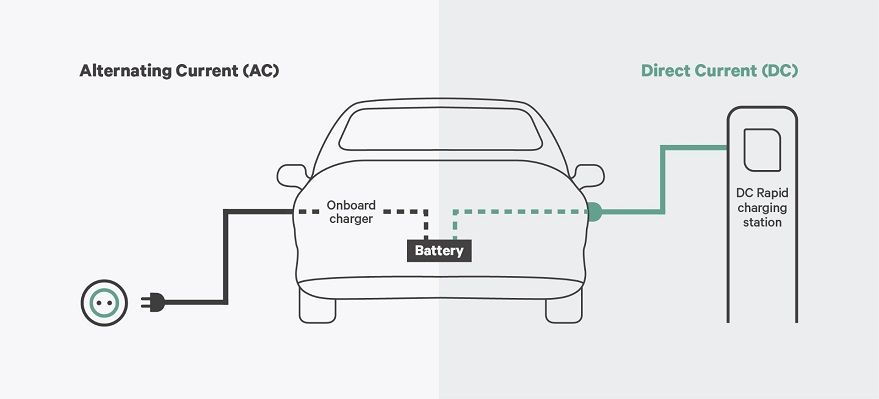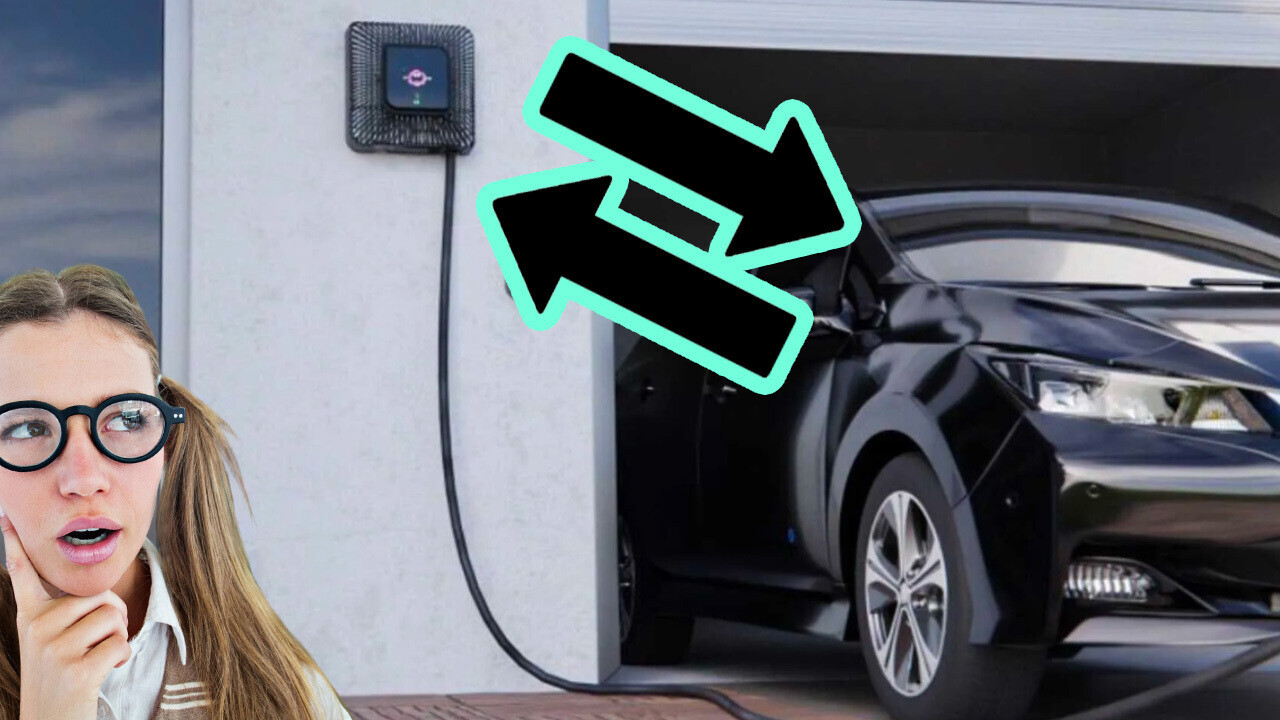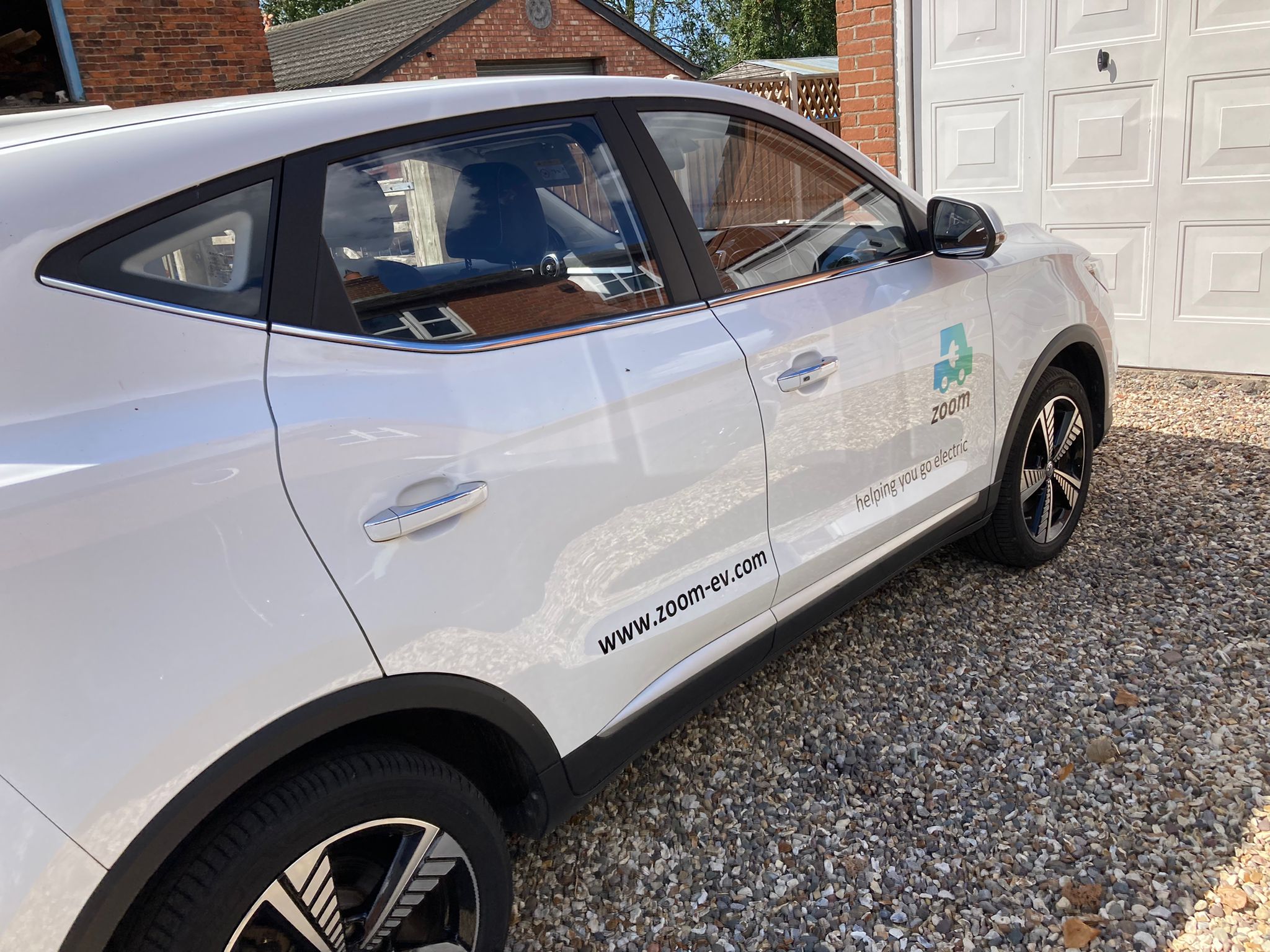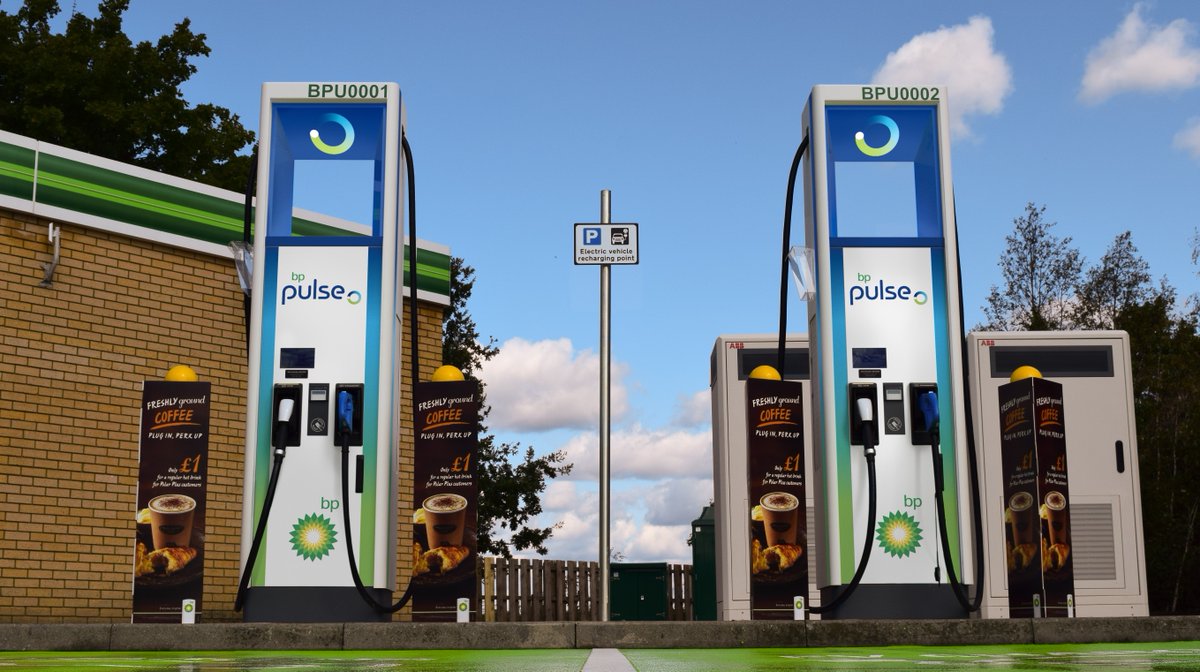For those of us with home charging units, we are familiar with the concept of powering our wonderful EVs with our houses. Now imagine homes being powered by EVs.... yes ladies and gentlemen, welcome to the future.
In its simplest sense, bi-directional charging is the enabling of the battery in an EV to take charge and for this stored charge (energy) to be pushed back to the grid. But why might this be necessary? A good question.

Pushing energy back in to the grid is a significant benefit when there is a lot more demand on the system for electricity. If you imagine the scenario where we all get home from work and turn appliances on, or in Winter when it's significantly colder and we require more heating, this significantly increases the demand for electricity and puts more stress on the system to generate this electricity to meet the demand. However, where we can use bi-directional charging is that the energy stored in the EV battery can be deployed back to the grid during these spikes to be utilised and prevent the system being overloaded and new energy being generated.
It's not only the grid that benefits either. Bi-directional charging will also help lower emissions from energy generation. Renewable energy, which traditionally is hard to store could be stored in batteries and then deployed when required.
It must be noted that bi-directional charging depends on smart charging. Smart charging requires a real-time connection between the charger and the vehicle so that information can flow and enable a battery to know when to dispense energy back to the grid.
How far off is bi-directional charging? Another good question. It already exists and there have been various pilots over the past few years between energy companies and charging companies. It is anticipated the technology will certainly become mainstream over the next few years, especially as the UK moves towards its 2030 deadline ban on new ICE vehicles. Furthermore, home charging providers are factoring in these capabilities now, so if you're looking at getting a smart home charger, this is worth considering.
Can my car do this? Perhaps the best question of them all! Currently, there aren't many vehicles that have the necessary capabilities to disperse any back, however, vehicles such as the Nissan Leaf, Hyundai Ioniq 5 and Kia vehicles (e.g. EV6) do have these capabilities.
Many thanks,
The Zoom EV Team
Written by Greg Fairbotham
14/02/23



